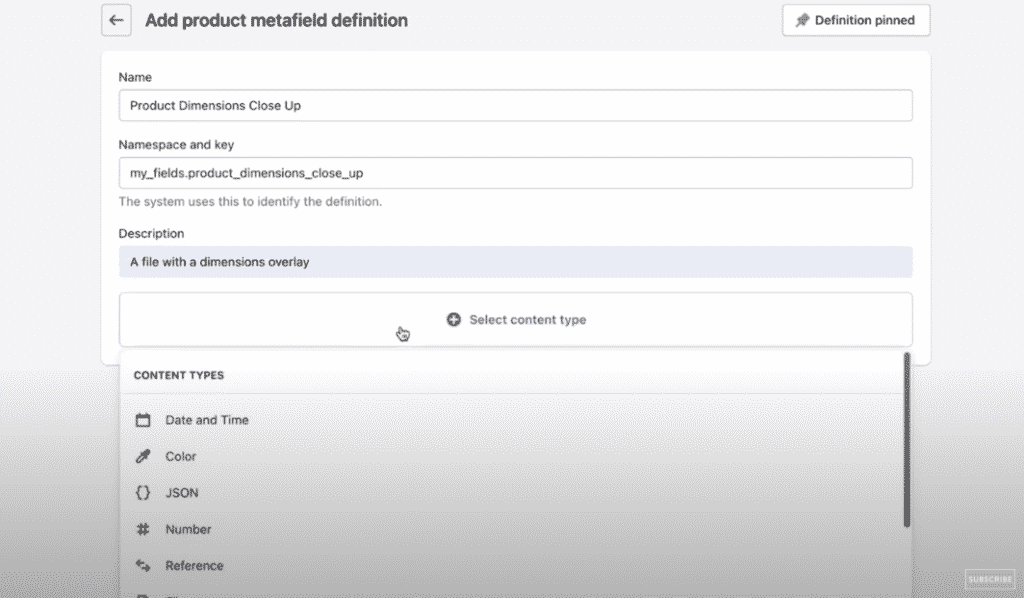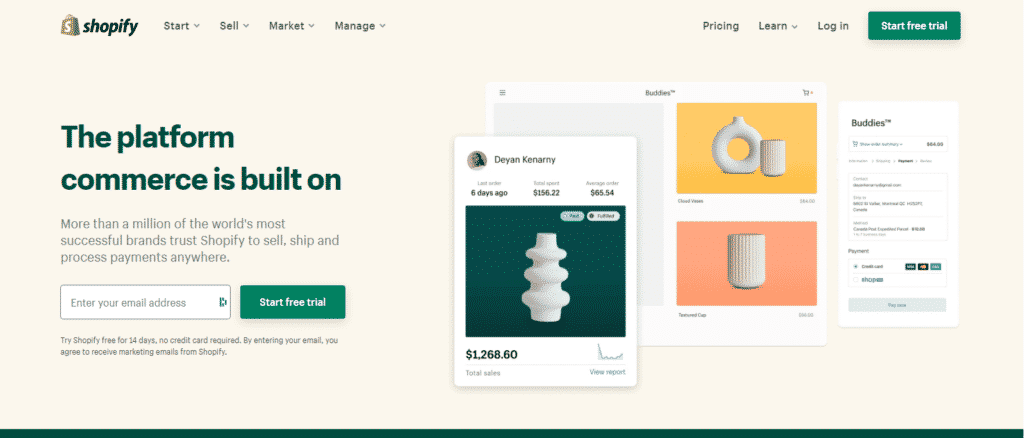Shopify has been busy lately! The company has been growing at an unprecedented speed. More than 450 million people have bought something from a Shopify store, and $120 billion in merchandise has been sold using their platform.
Running with the enormous influx of business that Shopify received in recent years, their team has been busily working on improving the platform. They announced a slew of improvements to the platform at their webinar, Shopify Unite 2021. You can watch the whole thing on YouTube if you want all the details.
Odds are, though, if you’re running a Shopify store, you’re pretty busy. So we’re going to distill this 75-minute webinar down to seven key takeaways that are likely to affect your business.
7 Big Shopify Changes Coming Soon—Here’s What You Need to Know
1. Shopify themes are going to be completely modular.
As part of their Online Store 2.0 initiative, Shopify is reworking the whole Shopify Liquid platform. This is a huge undertaking that requires a lot of changes to the code at the heart of the system.
What does this mean for you? For one, Shopify themes are going to be modular. This will give you control over where and how you place different elements on the page. Think of it like working with building blocks.
Meanwhile, Shopify is also retooling their web editor to work with their new modular themes. This will also make it easier to use apps within themes and add sections to new pages.
Basically, you’ll get a lot of control over how your Shopify store looks without ever touching a line of code. It’s kind of like the recent changes that WordPress made when they rolled out blocks.
Bottom line for Shopify store owner: you have much more freedom to design your store the way you want to.
2. The Shopify Theme Store will open for submissions on July 15.
Shopify is opening up its Theme Store on July 15 to allow developers to submit new themes. That means all the new improvements that come with the Liquid updates will start making their way into developer-made themes pretty soon.
To kick things off, Shopify has already made a theme of their own called Dawn. It’s 35% faster than the most popular Shopify theme, and will be the new standard theme. Best of all, it’s completely open source if you want to play around with the code.
Bottom line for Shopify store owner: new themes are coming!
3. Shopify is pumping a lot of money into checkout speed.
Slow sites cause users to abandon their carts. This is an intractable problem for many small business owners, because there is a finite number of things that you can personally do to speed up your website. This is especially true if you’re using a platform and hosting solution like Shopify.
Shopify is aware of this, and they’re spending a lot of money improving checkout speed. They are spending a lot of money on global infrastructure. This includes adding servers to every continent to help Shopify transactions run faster and post quicker response times.
That will allow online stores to connect to Shopify’s API within 50 milliseconds no matter where you are in the world. (Take a moment to let this sink in!)
Bottom line for Shopify store owner: faster checkouts mean fewer abandonments, and you don’t even have to do anything different.
4. Developers will be able to build custom storefronts.
Shopify is rolling out new features to its API, including new cart functionality, selling plans, international pricing, and local pickup. This will make it easier to offer commonly requested functionality without customizing the code.
However, if you do need to customize the code, it will be a lot easier to do that. Shopify is rolling out a React framework by the name of Hydrogen, which is going to allow developers to more easily build custom storefronts with unique features.
Bottom line for Shopify store owner: if you want to customize your store on a code level, it’s going to be a lot easier to do that.
5. Shopify stores will be able to store nearly any kind of data, complete with custom metafields.

Speaking of customization, Shopify stores are going to allow merchants to add new information in the form of metafields. That means if you want to assign attributes to specific kind of data, you can do that without customizing code.
You may wonder what this looks like in practice. As an example, if you sell shirts, you can have “size” and “color” added as metafields. This makes it easier to store any kind of data within Shopify, which is good, because Shopify is now going to allow merchants to store content of any format on their Shopify store.
In short, this all works together to make Shopify more customizable, allowing merchants to run wild with their creativity.
Bottom line for Shopify store owner: you can store any data on your store, and you can assign useful information to that data to make it easier to manage.
6. Shopify is now allowing developers to build apps for checkout.
In addition to being faster, Shopify is also allowing developers to build apps right into Shopify Checkout. This is interesting because Shopify hasn’t historically made it easy to customize the checkout section of your store.
There are a lot of possibilities here, especially once developers start coding with the new tools provided by Shopify. One possibility is that you can show buyers related products after they purchase. Another possibility is that you can have a discount code with a timer tick in the top right corner to push people to take immediate action.
This opens up new possibilities for reducing cart abandonment and upselling.
Bottom line for Shopify store owner: developers are going to making more cool apps for you to use.
7. Developers who build for the Shopify app Store will pay 0% revenue share on the first $1M they make.
Unless you’re a developer, this probably won’t affect you directly. But you will definitely feel the impacts!
In recent years, app development for Shopify has become very lucrative. So much so that it has made multiple million-dollar companies in its own right. However, right now, Shopify takes 20% of revenue that developers make on their apps.
As you can imagine, 20% is a hefty fee to take. Shopify wants to encourage more people to get into app development, and dropping their fees is going to help with that. Starting August 1, Shopify won’t take any of app developers’ revenue on the first million they make per year.
Then after that, they will charge 15% on anything extra. So if you’re a developer and you make $1,000,001 in a year, you only pay 15% on that extra dollar. (You’d probably also take yourself out to a nice dinner with this massive salary too.)
Bottom line for Shopify store owner: upstart developers will have more incentive to make great apps you might like.
Final Thoughts
Early in the webinar, Shopify stated that they have three big goals: make eCommerce more creative, make important things easy, and make everything else possible. This positions the software very uniquely because it is still likely to be the easy-to-learn, easy-to-use system that we know very well today. Yet at the same time, it is also going to be a customizable, heavy-duty tool for power users and larger companies too.
Even if you literally change nothing after reading this, Shopify is going to run faster and more reliably for you. If you’re setting up for the first time or contemplating a redesign, it’s going to be a lot easier to do that. And if you feel boxed in by Shopify’s current limitations, then your frustrations have been heard and they are actively working to meet your needs too.
Overall, there’s a lot to look forward to!
- Shopify themes will be modular.
- Shopify Theme store open for submissions on July 15.
- Shopify boosted checkout speed.
- Devs can make custom storefronts.
- Custom metafields.
- Customizable checkout.
- Devs pay 0% revenue share on first $1M they make.





